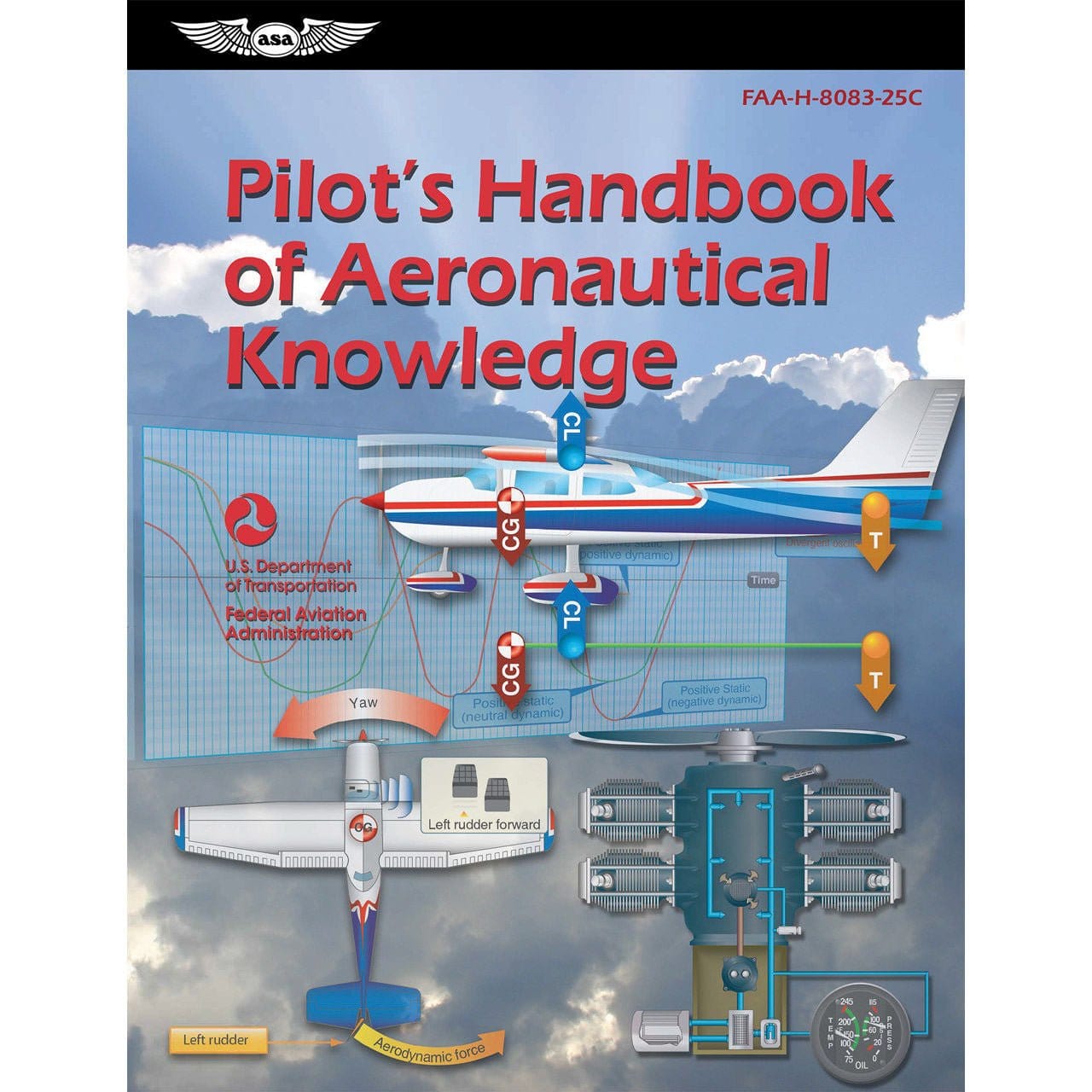It’s the worst-case scenario that none of us want to think about. During a winter flight, we had to make an emergency landing in a remote location where there is no cell service. Our radio was damaged in the landing, and the battery in the portable radio is dead.
We were flying VFR and did not file a flight plan, so no one with the FAA will know we are overdue when we fail to arrive at our destination. Now what?
VFR pilots who have an aversion to paperwork may find it may be tempting to think that filing a flight plan is a task reserved for IFR pilots only, but is that position-wise?
Table of Contents

What is a flight plan?
A flight plan is a standardized form that pilots fill out and submit to the FAA prior to departure. It is the written culmination of a thorough flight planning process.
Filing a flight plan shares important information on your intentions for the flight including your destination, your route, the amount of time you expect the flight to take, fuel on board, number of passengers, planned cruising altitude, and more.
There are five types of flight plans: Instrument Flight Rules (IFR), Visual Flight Rules (VFR), Composite, Defense VFR, and International.

What is an IFR flight plan?
An IFR flight plan is a flight plan filled out, submitted, and opened by pilots who are flying under instrument flight rules. Flight plans are required for all IFR flights.

What is a VFR flight plan?
A VFR flight plan is a flight plan filled out, submitted, and opened by pilots who are flying under visual flight rules. Filing a flight plan with the FAA is optional when flying VFR unless your flight takes you across the Air Defense Identification Zone (ADIZ), a Distance Early Warning Identification Zone (DEWIZ), or international airspace.
What is a Composite flight plan?
A composite flight plan is a type of flight plan used when a pilot will be operating under visual flight rules for a portion of the flight and instrument flight rules for another portion of the flight.
What is a Defense VFR flight plan?
A defense VFR flight plan is required for security purposes if a VFR flight will be traveling into a Coastal or Domestic Air Defense Identification Zone (ADIZ).
What is an International flight plan?
An international flight plan is a type of flight plan required when aircraft will be traveling outside domestic United States airspace.
Do you have to file a VFR flight plan to fly cross-country?
Even on cross-country flights, VFR pilots are still not typically required to file a flight plan. That said, it is highly recommended. Think of a VFR flight plan as a tool designed to help FAA Search and Rescue (SAR) crews know where to search for your aircraft if you were to crash or to make an emergency landing and have no communications capabilities.
Since a flight plan indicates the amount of time a pilot expects the flight to take, if a VFR pilot files and opens a flight plan, then does not arrive at their destination within 30 minutes of the expected arrival time, the FAA will have an indication that something may be wrong.
They will attempt to contact you via phone and will check the ramp at your intended destination for your plane. If you are unable to be contacted or located, the FAA will pull up your flight plan and provide it to SAR crews like the Air Force Civil Air Patrol who will know where to start searching for you since you indicated your route on the flight plan.
Need a little extra incentive to fill out the paperwork? According to AOPA, statistics show that 100% of missing pilots who filed a flight plan were later found. These rescued pilots were also located an average of four hours sooner than missing pilots who had not filed a flight plan.
In frigid winter weather or other adverse conditions, that four hours could be critical and well worth the time invested to file a flight plan.

How to file a flight plan
For consistency and continuity, the FAA requests that pilots format their flight plans using the International Civil Aviation Organization (ICAO) formatting, although at this time, domestic flights that do not meet the criteria for needing an ICAO format plan may continue to file an FAA domestic flight plan instead.
The FAA intends to phase out the domestic format flight plans and transition all flight plans to ICAO formatting in the near future. For this reason, it is recommended that pilots simply learn and begin using the ICAO format right away regardless of whether it is required or not.
Plan your flight
The flight plan form is simply a formal, written summary generated at the end of your actual flight planning process. Before you can fill out the form, you must plan your flight. When you file your flight plan, that indicates to the FAA that you have, among other things:
- Used aeronautical charts to research and plan your route and checkpoints
- Decided how you will be navigating on a VFR flight—pilotage or dead reckoning
- Obtained weather briefings for your flight route, departure and destination points, and alternate airports
- Planned flight details including time, speed distance, and fuel considerations (both consumption and reserves) as well as emergency contingencies
- Checked NOTAMS with the local FSS area as well as distant areas along your flight path
- Checked for TFRs along your route
- Plan to contact ATC once in the aircraft in order to obtain VFR flight following
Gather the necessary information
Prior to filling out your flight plan form, you will need to locate some background information that will be required.
- Aircraft type (listed in the POH)
- Aircraft tail number
- Aircraft’s true speed (listed in the POH)
- List of special equipment on aircraft (look up corresponding code in AIM table 5-1-3.)
Locate and print your flight plan form
As mentioned above, the FAA is encouraging pilots to use the international format form which is designated FAA Form 7233-4. For domestic VFR flights, however, you may still use FAA Form 7233-1 if you prefer.
Fill out the flight plan form
The first few times you fill out a flight plan form, you will likely have some questions, particularly on the ICAO version. Pilots filing the international-style FAA Form 7233-4 can reference the FAA ICAO FPL Quick Guide for tips and clarification on the various form fields.
Their FAA Flight Planning Information page contains additional ICAO guidance, and Garmin’s Form 7233-4 instructions offer a detailed written explanation of the entry options for each field. Note that you will start filling out the form with item 7 as the air traffic facility completes the top portion. Also, everything below item 18 is optional.
File your flight plan
Flight plans can be filed in several ways: by phone, online, or through a digital app. The process for each type of flight plan filing is described below.
File by phone
To file by phone, have your completed printed flight plan ready. Call 1-800-WX-BRIEF (1-800-922-7433). After the tone, indicate which state you are departing out of. After the next tone, say “Briefer.” When the briefer gets on the line and tells you they are ready, read off the information on your form in the order it appears.
The briefer will do a read back to confirm accuracy, then will verify that your flight plan is on file. At this point you may either hang up or stay on the line to receive a weather briefing.

Leidos Flight Service
File online
Online flight plan filing is done on 1800wxbrief.com. Set up an account for access. Flight plans can be accessed by clicking “Plan & Brief” within the “Plan & Brief” dropdown of the main header bar.
The digital flight plan form has an option in the top right to select either ICAO or Domestic, though it defaults to ICAO and advises pilots that the FAA guidance requests ICAO format. Fill out the form and click “File” to file the flight plan.
One of the useful features of the online flight plan service is the ability to save flight plans as favorites and to pull up a list of recent flight plans. This can save some work if you fly the same routes frequently. Just be sure to review and verify the data prior to filing.
For a more detailed tutorial on filling out and filing a digital ICAO flight plan, watch the Pilot Web Flight Service Video on ICAO Flight Plans. A corresponding tutorial is also available for pilots filing a domestic flight plan.
File through a digital app
Digital filing is available through multiple pilot apps like:
Foreflight is a popular option thanks to its rich functionality. Add aircraft to your account, and the performance values are usually preloaded, though you can manually add additional information.
Once your aircraft is saved as a default, those performance values will auto-populate into your flight plan. Planning, filing, amending, activating, and canceling a flight plan can all be done with your paid Foreflight subscription.
Decide how you will open and close your flight plan
The best, most detailed plan in the world does you no good if you never activate it. Since VFR flight plans are not required, no one will prompt you to open the flight plan you have filed.
It is up to you to remember to do so and to close the plan upon arrival. Close the plan so you do not get a call asking where you are or make a ramp crew come out looking for you.
Flight plans can be opened and closed in the same ways they can be filed, so pilots may choose the method they prefer. Consider setting a reminder to open and close the plan. Pilots managing their plans online through 1800wxbrief.com can request a text reminder for both opening and closing the plan.
Takeaways
While flight plans are not usually required for VFR flights, deciding to file and open a flight plan anyway can be a lifesaving choice. Recall the winter emergency landing scenario we mentioned at the beginning of this article.
If we had filed and opened a flight plan, statistics say that we would have been found and would have spent four fewer hours sitting in the cold snow because the FAA would have known we were missing and rescuers would have known where to start looking for us.
There are multiple ways to file a flight plan, and plenty of resources to walk us through the process, so regardless of what type of flight we are embarking on, prudence dictates that we make it a standard practice to utilize a flight plan for our VFR flights as well as IFR.
Want to learn more about aviation?
Our guides are designed to help student pilots become professional pilots and for private pilots to brush up on their knowledge and skills.
-
15 Aviation Acronyms & Abbreviations Every Pilot Should Know
-
True Course vs True Heading vs Magnetic (How Are They Different?)
Did you find this article helpful?
Do you think we missed anything important? Let us know in the comments below!








2 comments
samuel njuguna
it was a good lesson .The lesson have helped me gain a solid foundation on how to file flight plan and different types of flight plan.
Jimmy Owiti Wanyama
This information is required in Flight plan and is useful. Thanks a lot 🙏